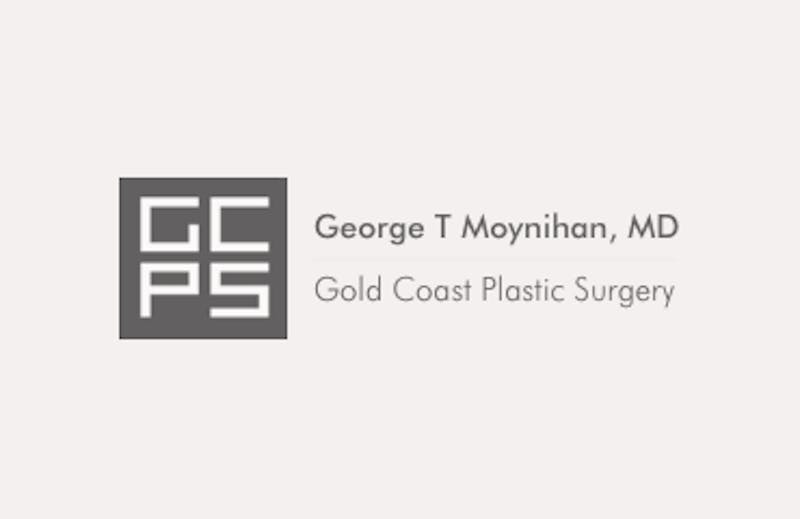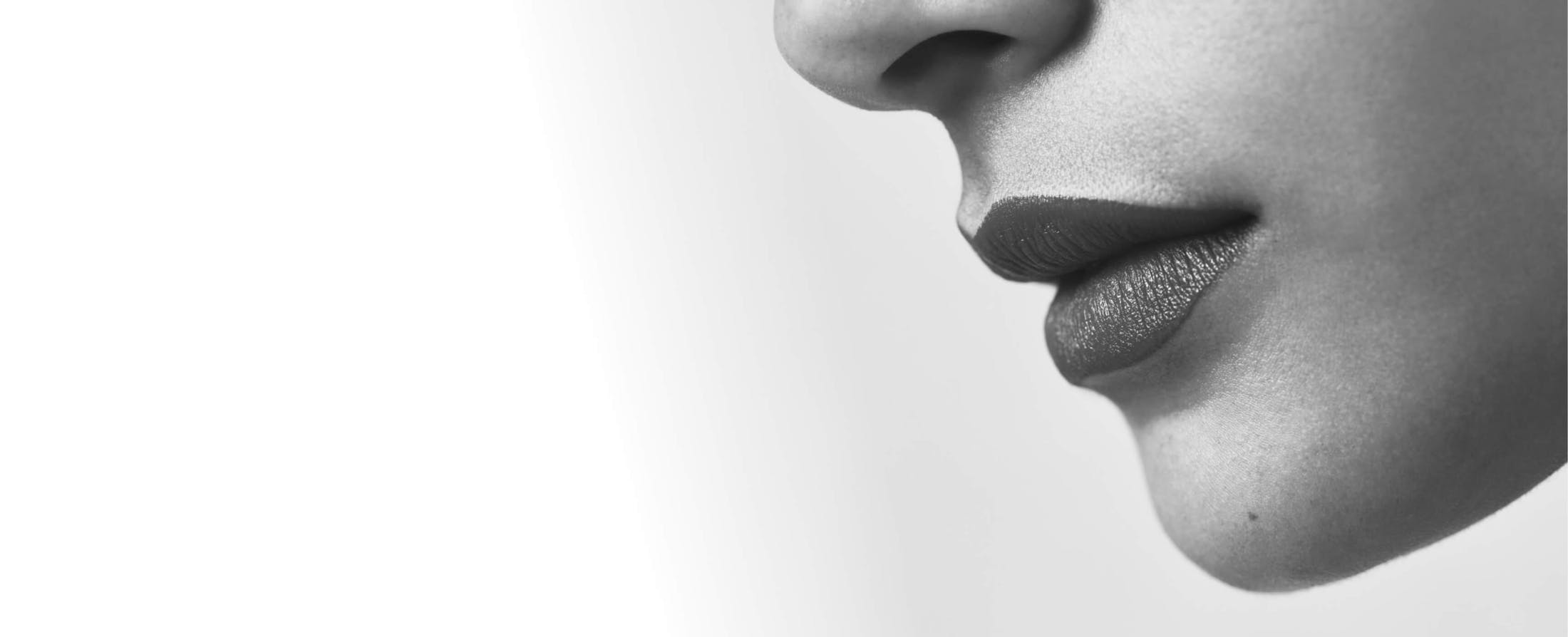
Skin Resurfacing Treatment Basics
Microdermabrasion and Dermabrasion are both popular non-surgical skin resurfacing techniques to improve the overall quality of the skin’s surface by diminishing fine lines, wrinkles, sun damage, acne scars and pigmentation problems. Microdermabrasion uses exfoliating crystals to penetrate the outermost layer of the epidermis called the stratum corneum, providing a superficial skin resurfacing treatment. In contrast, dermabrasion is a cosmetic surgery that provides intensive therapy using a motorized device to resurface the papillary dermis. While both skin resurfacing procedures sound similar and provide effective treatment for a variety of skin conditions, the following is a basic outline of some important differences you should know.
Microdermabrasion can effectively treat the following conditions:
- Fine lines
- Age spots
- Light acne scars
- Light sun damage
- Mild skin discoloration
- Rough, uneven textured skin
- Recommended for patients with sensitive skin
Dermabrasion can effectively treat the following conditions:
- Fine lines and deeper wrinkles
- Age spots
- Deep acne scars
- Large pores
- Uneven skin tone
- Deep sun damage
- Superficial skin growths
- Melasma
- Recommended for patients with more severe skin imperfections
Procedural Differences
Microdermabrasion is commonly performed by aestheticians and/or licensed professionals. Sessions typically last thirty minutes to one hour. Microdermabrasion exfoliates include magnesium crystals, aluminum oxide crystals or a crystal-free application. A rotating tool is gently applied to the targeted area, so the crystals gently remove the outermost layer of skin.
Dermabrasion is performed by a physician, specifically a plastic surgeon in a doctor’s suite. Because dermabrasion utilizes a surgical scraping method, patients are administered some type of numbing agent, local anesthesia or general anesthesia. A dermabrasion procedure typically lasts fifteen minutes to one hour, depending on the desired result. The surgeon applies a motorized drilling device to the face to remove the top layers of the dermis. Once complete, a special healing ointment and/or tissue dressings are applied.
Recovery Differences
Microdermabrasion recovery requires little to no downtime with patients returning to work and daily activities immediately following treatment. Any temporary side effects, such as redness and/or sensitivity, will resolve within one to three days.
Dermabrasion recovery requires more downtime. Depending on the extent of work performed, patients can expect to be red, swollen with crusting in the treatment area(s) for 7-10 days; pink for up to four-six weeks. Pain medication is recommended to control discomfort. Patients can return to work approximately three to five days post procedure. Make up is not recommended until the crusting has resolved. More physical activity, like sports, should be avoided for at least four weeks. As skin goes through its natural healing process, patients can experience scabbing, crusting and discoloration for several weeks. It can take up to three months for the redness to completely fade. Patients must avoid direct sun exposure for at least six months following a dermabrasion treatment.
Results
Microdermabrasion results are temporary, lasting one to two months. Treatments are recommended every other month to maintain a smoother appearance.
Dermabrasion results are long lasting with patients benefiting from clearer skin for up 5-7 years or longer at a time. Dermabrasion can offer semi-permanent to permanent results when treating acne scars and/or superficial skin lesions. It can take up to three months to appreciate full results.
Cost Difference
The average cost of microdermabrasion can range from $100-$130 per treatment. The average cost for dermabrasion can range from $750-$4000 per treatment. Cost will vary greatly based on partial or full facial treatments, and anesthesia fees.
Men and women seeking improvement in skin quality may be good candidates for skin resurfacing. To learn more about the differences between microdermabrasion, dermabrasion and other skin resurfacing techniques, please visit http://www.goldcoastplasticsurgery.com/ or call 312-988-9300 to schedule a private skin resurfacing consultation with renowned Chicago Facial Plastic Surgeon Dr. George T. Moynihan of Gold Coast Plastic Surgery in Illinois. During your personal consultation, Dr. Moynihan will examine your skin, assess medical history and thoroughly discuss your goals to recommend an appropriate treatment plan. Dr. Moynihan performs skin resurfacing procedures in his office-based facility or outpatient surgical center.


